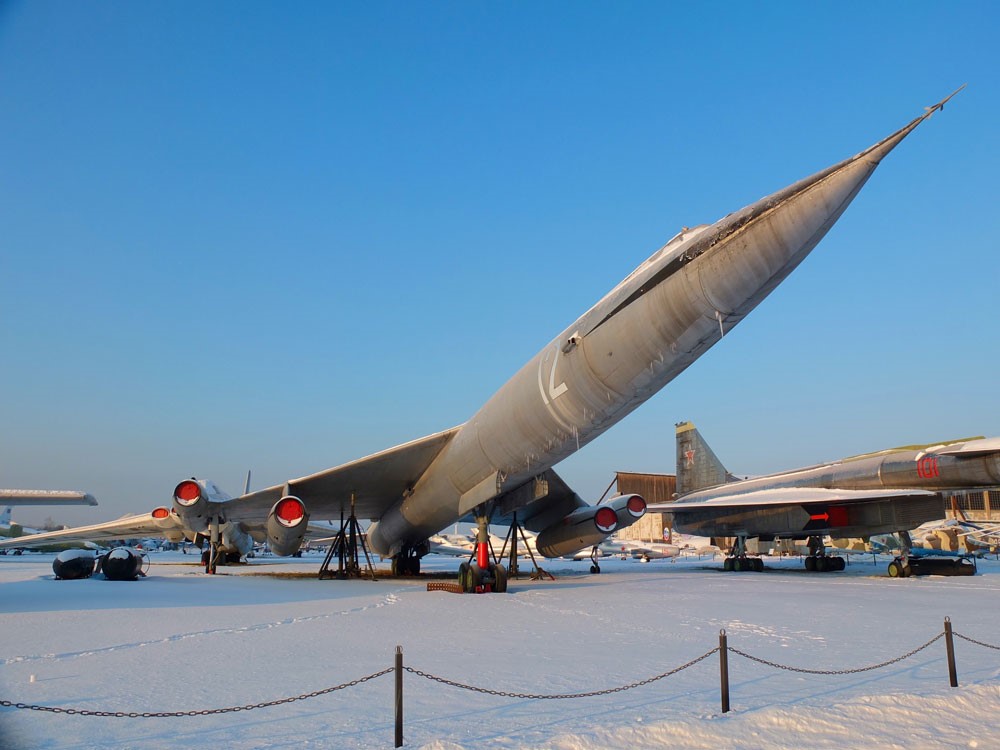Matthew Woodward takes a journey through Moscow’s Cold War past, discovering locations that were once classified as state secrets.
If you are over the age of 25 today, you grew up in a time when thermonuclear war seemed a distant but ever present threat. Although now all in the past, it is still possible to see the remnants of what became known as the “Cold War” in modern day Moscow – sometimes very much in the open, and sometimes still rather well hidden. I would encourage you to spend some time uncovering this fascinating period in Soviet history during your next stay in the city.
A good starting point is always a trip to VDNKh (http://vdnh.ru/en/), the massive Stalinist exhibition site first constructed in the 1930’s. Here you can find the recently updated Cosmonautics Museum, with its impressive towering titanium “Monument to the Conquerors of Space”. Housed inside are a wide variety of Soviet spacecraft tracing the history of the “space race” from the end of the Second World War (known in Russia as The Great Patriotic War) to the present day. Nearby you can even find a training version of the 1980’s “Buran” space shuttle. It looks remarkably similar to the NASA equivalent, but only ever made a single successful and unmanned flight.
Moscow has some world-class museums, and one of my personal favorites is the Central Armed Forces Museum in the north of the city. The museum contains many impressive collections from The Great Patriotic War, but it is also packed with Cold War exhibits. The grounds of the museum contain many Red Army tanks, vehicles, missiles and heavy weapons. Amongst the many exhibit halls inside you can find the wreckage of the U-2 “spy plane” piloted by Gary Powers that was shot down in 1960, and also artifacts from the ill-fated K-19 submarine of the Red Fleet.
In the suburbs of central Moscow is the slightly more challenging to find Tagansky Protected Command Point. It is better known today simply as “Bunker 42”. This is a self-contained military command centre for 3000 people burrowed 17 floors below the surface of the city. Until 1995 it remained a classified state secret, but today is in private hands. It offers visitors a fascinating but rather chilling tour of the huge subterranean facility. You get to practice launching a missile – it felt so real that I had to check the buttons and keys were definitely no longer wired to the silos before taking part. The bunker offers a unique perspective of living in a post-apocalyptic environment, knowing that everything on the surface above was probably no longer there.

Photograph by Matthew Woodward
If you are prepared to travel outside the city there are some amazing places just an hour or two away from Moscow by car. Top of these on my list is the Central Air Force Museum at Monino (40km east of Moscow). The first time I visited this ex military base I was stunned at what I found. Inside the hangars were exhibits mainly from the Great Patriotic War, but outside in a vast field were nearly 200 aircraft, mostly from the Cold War. Classified as a secret until 1999, there are seemingly endless lines of huge nuclear capable bombers from the 1950s, edge of space test planes and even a Tupolev TU-144 “Conkordski”, the Soviet interpretation of what we know as the Concorde.
Slightly further out, to the southwest of Moscow is one of the most closely guarded secrets of the Soviet Cold War. Officially called “closed military townlet No. 1”, we know it as “Star City”. This is the place where cosmonaut training has taken place from the birth of the Soviet space program right through to the present day. Now no longer in military hands, it is possible to visit and even participate in training activities – but there is a degree of organization required well in advance of your trip to Moscow if you wish to visit.
For the extremely adventurous, it is even possible to actually fly in the second seat of one of the most iconic Soviet Cold War jets, the MiG 29 “Fulcrum”. Assuming you pass the required medical and are prepared to hand over around 18000 Euros, you can attend a special five day tourist course at nearby Nizhny Novgorod, culminating in a flight to 17000 m, the very edge of space.
Matthew Woodward is a writer and train adventurer. He has completed several Trans-Siberian rail journeys, from his home in the UK to places including Shanghai, Singapore and Tokyo. You can read about more of Matthew’s adventures in his other blog posts, including time travel on the Trans-Siberian Express and an insight into the high altitude train to Lhasa, the train we use on the final leg of our China and Tibet Rail Discovery tour.


